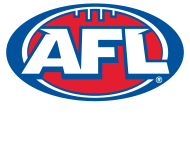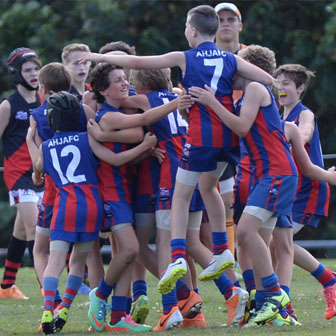AFL Queensland has released its participation numbers for 2014 with the game’s participation base registering record numbers across the state and NSW’s Northern Rivers (which is governed by AFL Queensland).
In 2014 participation has increased to 180,132 representing a 14.2% increase on 2013, the biggest jump since 2008.
Growth in key participation areas of NAB AFL Auskick, club, schools and social contributed to the strong showing with AFL 9s increasing by 37.75%.
The NAB AFL Auskick program grew by 3.34% with 27,813 boys and girls participating in centres across the state and Queensland again racked up the highest school numbers in the country.
25,167 Queenslanders took to the field to play club football – a jump of 6.09% with major growth occurring in juniors (7.1%) and youth (13.3%).
Female football continues to be one of the fastest growing sectors of the game and Queensland is leading the way with 51,677 Queensland girls and women playing Australia’s game in 2014 – the highest participation rate in the country and a 17.1% increase on 2013.
AFL Queensland Game Development Manager Mark Ensor said the results reflected the work of Queensland’s AFL community in making the game more accessible to females.
“The AFL is committed to growing female football and over the past 12 months we have worked with community clubs to provide inclusive environments for females,” said Ensor.
“We also implemented a #girlsplaytoo campaign which really resonated with 10 to 15 year-old girls and a range of other initiatives to get females playing our game.”
Significant participation growth was recorded on a regional basis throughout the state, with Cape York (222%), Ipswich (65%), Mackay (64%) and the Sunshine Coast (35%) achieving the highest increases.
AFL Queensland Chief Executive Officer Michael Conlan said the 2014 numbers confirmed the healthy state of Australian football in Queensland.
“To record the highest growth in five years is an outstanding result and reflects the quality of program delivery in Queensland,” said Conlan.
“ Our goal is to ensure that Australian football is accessible to as many people as possible and the growth across all sectors of the game shows we are achieving that.”
“ We are also particularly pleased with the enormous growth in regions such as Mackay and Ipswich which show that Australian football continues to build momentum and popularity in regional Queensland.”





















































